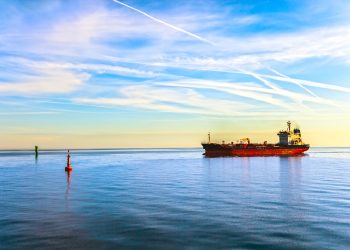According to Korea Development Bank and Korea Trade-Investment Promotion Agency, ships that run on LNG are expected to account for six out of ten new vessel orders in six years due to toughened environmental standards. 60.3% of the global ship orders are expected to be for LNG-fueled vessels by 2025.
Specifically, based on data from the global shipping and shipbuilding research firm Clarksons and the U.K. marine industry classification society Lloyd’s Register, as many as 1,962 new LNG carriers would be built by 2025.
Moreover, Korea Development Bank and Korea Trade-Investment Promotion Agency project that the demand for LNG bunkering vessels to increase more than tenfold, from 313,000 tons in 2016 to 3.2 million tons in 2030.
[smlsubform prepend=”GET THE SAFETY4SEA IN YOUR INBOX!” showname=false emailtxt=”” emailholder=”Enter your email address” showsubmit=true submittxt=”Submit” jsthanks=false thankyou=”Thank you for subscribing to our mailing list”]
In the possibility that Korean shipbuilders will construct more than 60% of the world’s large LNG-fueled vessels, the domestic market for LNG vessel equipment to expand to 12 trillion won ($10.5 billion) in 2020 from 3 trillion won in 2017.
Additionally, in November 2018, the Korean Government promised to ordered 140 LNG-fueled vessels by 2025, including two for 2019.
Concluding, the implementation of IMO’s 2020 sulphur cap regulations is pushing the LNG’s status as the marine fuel of the future.






























































